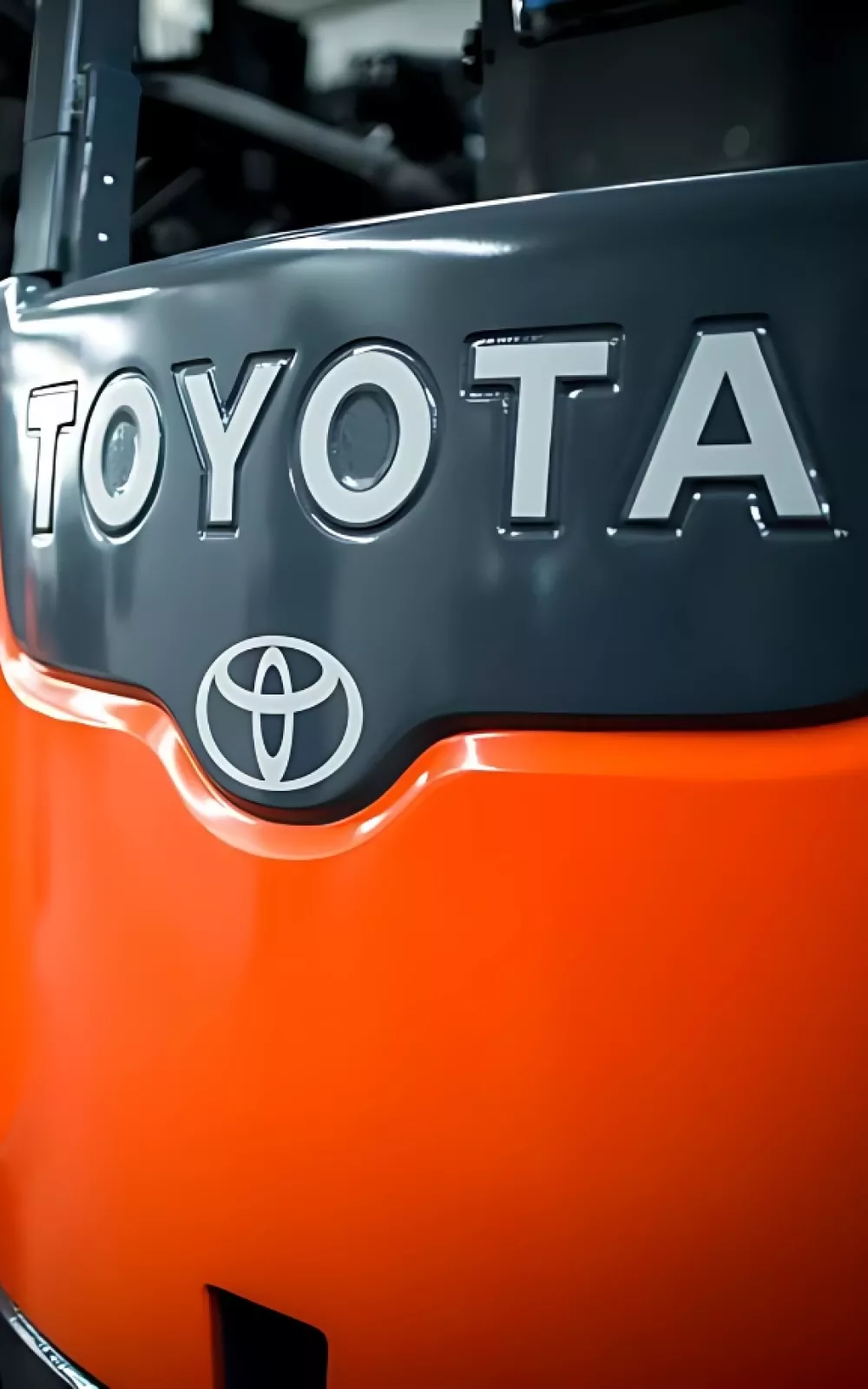Rent
ProLift offers daily, weekly, and monthly rentals. Find the right equipment for maximum productivity and safety.
Let us know how we can assist you! A ProLift specialist will connect with you to help with your material handling needs.
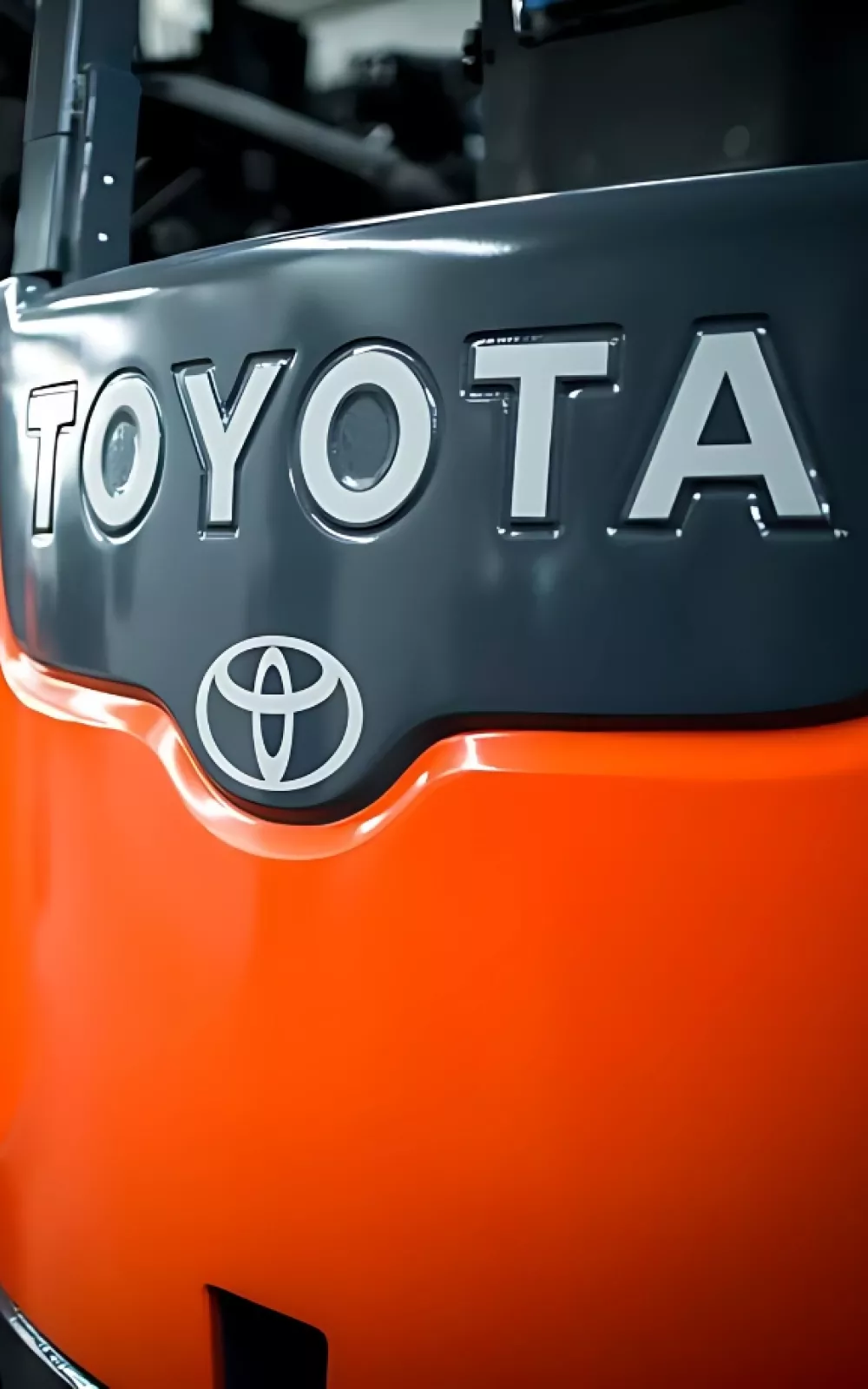
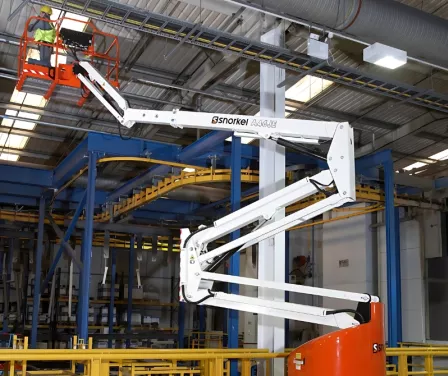
This course ensures your operators are properly trained to safely use aerial lifts, including boom and scissor lifts. Operators will review key factors such as lift stability, responsibilities, and the correct use of personal protective equipment (PPE), if required by your company. Hands-on instruction includes pre-shift inspections, job site evaluations, and proper lift operation for any equipment used at your facility.
Contact ProLift today to connect with our safety specialist. Based on the number of operators, we'll provide you with a quote and available training dates.


In addition to the coverage of aerial lift safe operating procedures, your trainer will review ANSI standards, classroom preparation and procedures for performing a hands-on evaluation.
The training class comes with a video kit to best match your equipment, which contains class training materials. Additional training materials are available for purchase.
Contact ProLift today to connect with our safety specialist. Based on the number of operators, we'll provide you with a quote and available training dates.

Contact ProLift today to connect with our safety specialist. Based on the class type, number of attendees and preferred site, we'll provide you with a quote and available training dates.


Stay compliant with OSHA, ANSI and your company’s safety policies. Get answers to frequently asked safety questions about our training classes.
ProLift offers forklift safety training classes for operators and trainers at our locations, but aerial lift safety training is only available as an on-site class at your facility. Contact us to schedule this specialized training.
ProLift helps provides training materials for your aerial lift operators and classroom coaching, including video kits, fall arrest kids, and personal protective equipment (PPE).
Companies may need to establish site-specific safety rules, which OSHA acknowledges and supports. However, mandating the use of body harnesses and lanyards in all situations may sometimes pose risks. Educating operators on the differences between fall restraint and fall protection is crucial to ensuring their safety in various applications.
Learn More
The most common personal protective equipment (PPE) for aerial lift operators includes a full-body harness and a lanyard, which are used to prevent falls. Other essential PPE items include hard hats, safety glasses, gloves, and steel-toed boots. These items ensure that operators are protected from fall hazards and other risks associated with working at heights.
Read Article
ANSI addresses standards for material handling equipment, including how to build a machine, what testing for capacity and stability may apply and practices for safe operation.
Read Article

ProLift offers a selection of safety training materials for your internal forklift programs. Make your classroom preparation easier with video training kits, daily inspection checklists, lock-out/tag-out kits, operator wallet cards and more.
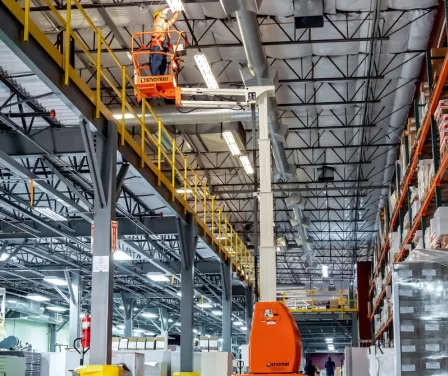
Aerial lifts are useful for many applications, being found in warehouse settings or a construction site. Like other powered industrial trucks, training is vital to keep operators and product safe. Training is the responsibility of the employer and must:
For more details, review OSHA 1910.167 or 1926.453.

Discover articles on safety topics, including equipment training requirements, replacement parts, and repairs.
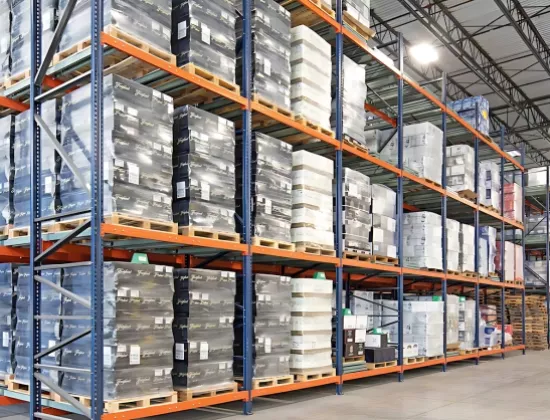
Explore information regarding warehouse layout, pallet racking, and automation.
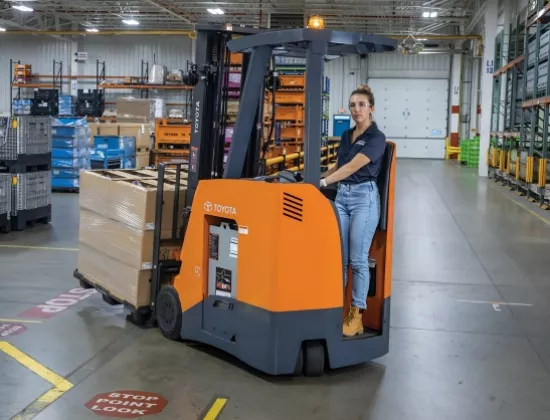
Compare a variety of equipment manufacturers and model options to secure the best investment.
Let us know how we can assist you! A ProLift specialist will connect with you to help with your material handling needs.
